Wilmington Hospital’s modernized infrastructure to treat victims of trauma has helped transform it into a front-line option for seriously injured patients and earned it state designation as a Level III trauma center. This recognition means many victims of car crashes, falls, gunshot wounds and other injuries can now be treated closer to home, making it easier on families who are visiting their loved ones or involved in their care.
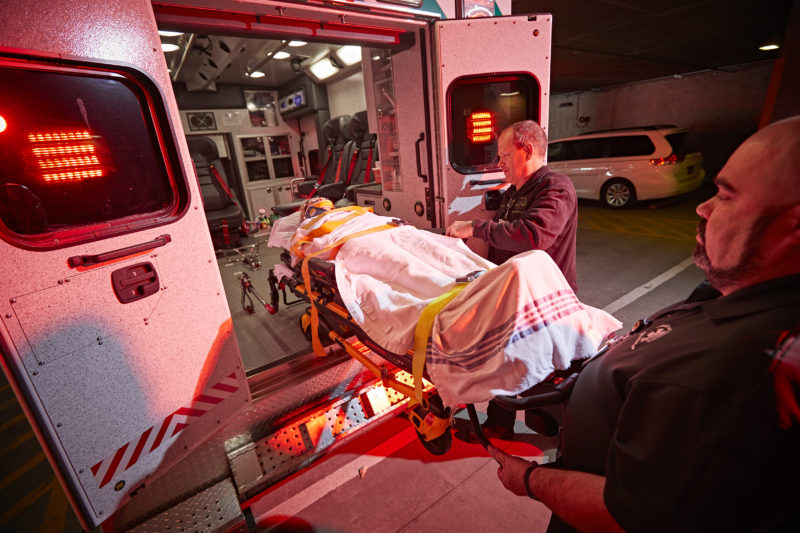
“There are patients coming to Wilmington Hospital who should be able to stay in their home community,” said Linda Laskowski-Jones, MS, APRN, ACNS-BC, CEN, FAWM, FAAN, vice president of emergency and trauma services and nursing leader of the Acute Medicine service line at Christiana Care Health System. “The expertise in trauma we’ve earned through our work at Christiana Hospital ideally positions us to expand our capabilities in Wilmington.”
Christiana Hospital is designated as a Level I trauma center — the highest capability and the only one of its kind in the state that cares for both adults and children.
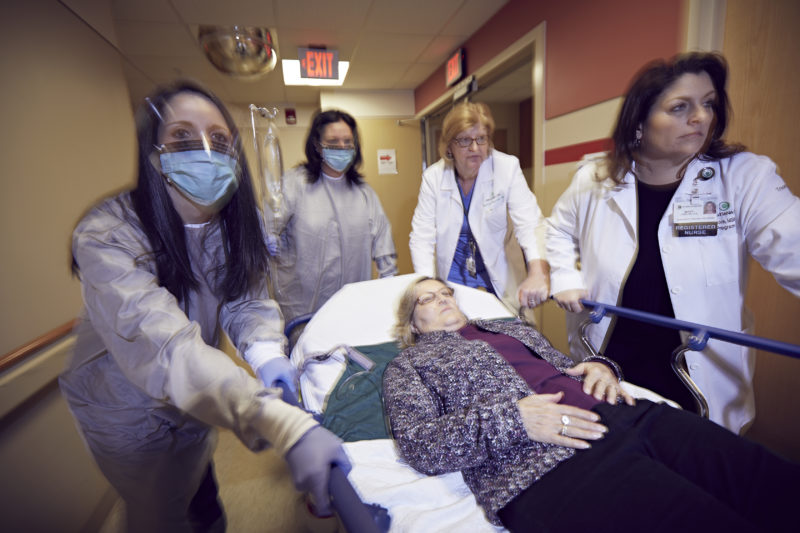
In the past several years, Christiana Care has been fortifying its trauma infrastructure at Wilmington Hospital. Investments in treating trauma include:
● 24-hour coverage by emergency medicine physicians, as well as the availability of an operating room, including a surgeon and anesthesiologist, within 30 minutes.
● The creation of a multidisciplinary trauma team that includes a trauma medical director, trauma surgeons, residents, nurses, advanced practice nurses, anesthesiologists, a full-time trauma program manager and a trauma performance improvement program manager to evaluate patient care and provide education about trauma.
● Upgrades to the blood bank for immediate availability of blood products.
Most recently, a new helipad opened on the roof of Wilmington Hospital, enabling fast access to emergency transportation to or from the hospital.
Many of these improvements benefit all of Wilmington Hospital’s critical care patients, not only those with a traumatic injury. If a patient with, say, an abdominal aortic aneurysm or an ectopic pregnancy needs emergency surgery, the resources of a multidisciplinary trauma team can speed their access to care.
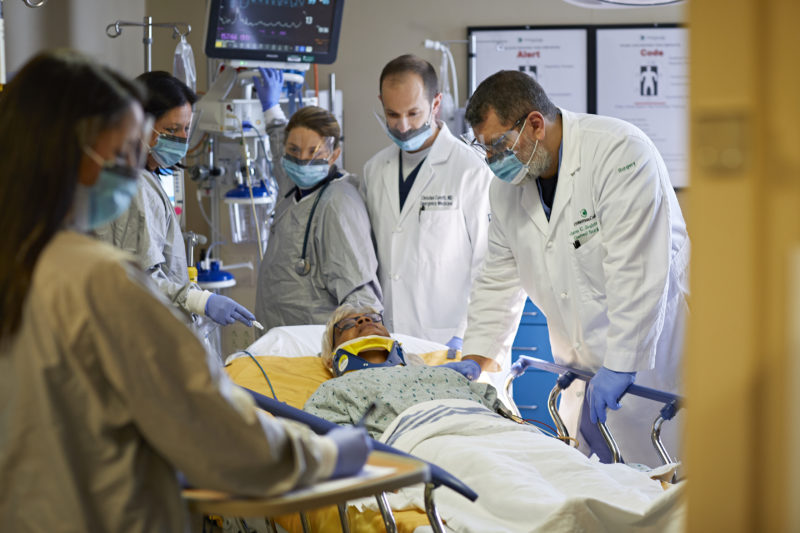
“Trauma and critical care go hand in hand,” said Wilmington Hospital Trauma Program Medical Director Giraldo Arango, M.D., FACS.
The new designation not only affects what happens in the hospital, he said. Community education and prevention responsibilities accompany the higher level of accreditation. Christiana Care continues to work with community partners to address the public health issues at the root of traumatic injury, including gun violence.
Wilmington Hospital joins five other Delaware hospitals with Level III trauma center designation. States designate hospitals as trauma centers, but they rely on on-site verification by site review teams from the American College of Surgeons.
The new designation is in some ways a triumphant return for Wilmington Hospital, which has served the community since 1888 and underwent a $210 million transformation that began in 2010. As Laskowski-Jones noted, “Though the trauma center designation transitioned to Christiana Hospital after it was built in 1985, Wilmington Hospital was actually the original trauma center in the state.”
In the decades before 1985, Wilmington Hospital was Delaware’s premier facility for the treatment of trauma. At the time, it was part of a three-hospital system in Wilmington — along with now defunct Memorial and Wilmington General hospitals — wherein each hospital was called a “division.” Wilmington Hospital, then named the Delaware Division, treated trauma victims of all types, though at the time they were mostly car crash victims, said Marilynn Bartley, DNP, FNP-BC, a trauma nurse practitioner who started at the hospital in 1983. In May 1984, the state sent Wilmington Hospital a letter granting it status as the state’s first Level I trauma center. The following year, that designation — and Bartley herself — traveled to Christiana Hospital, though it would be more than a decade before Delaware’s hospitals worked together to form a true trauma network.
The Delaware Trauma System was created in 1996 through legislation in which the state’s hospitals agreed on a procedure for picking the facility best suited to a patient’s needs and the fastest way of getting them there. Analyses in 2007 and 2010 found the new system significantly reduced mortality among the state’s most seriously injured patients.
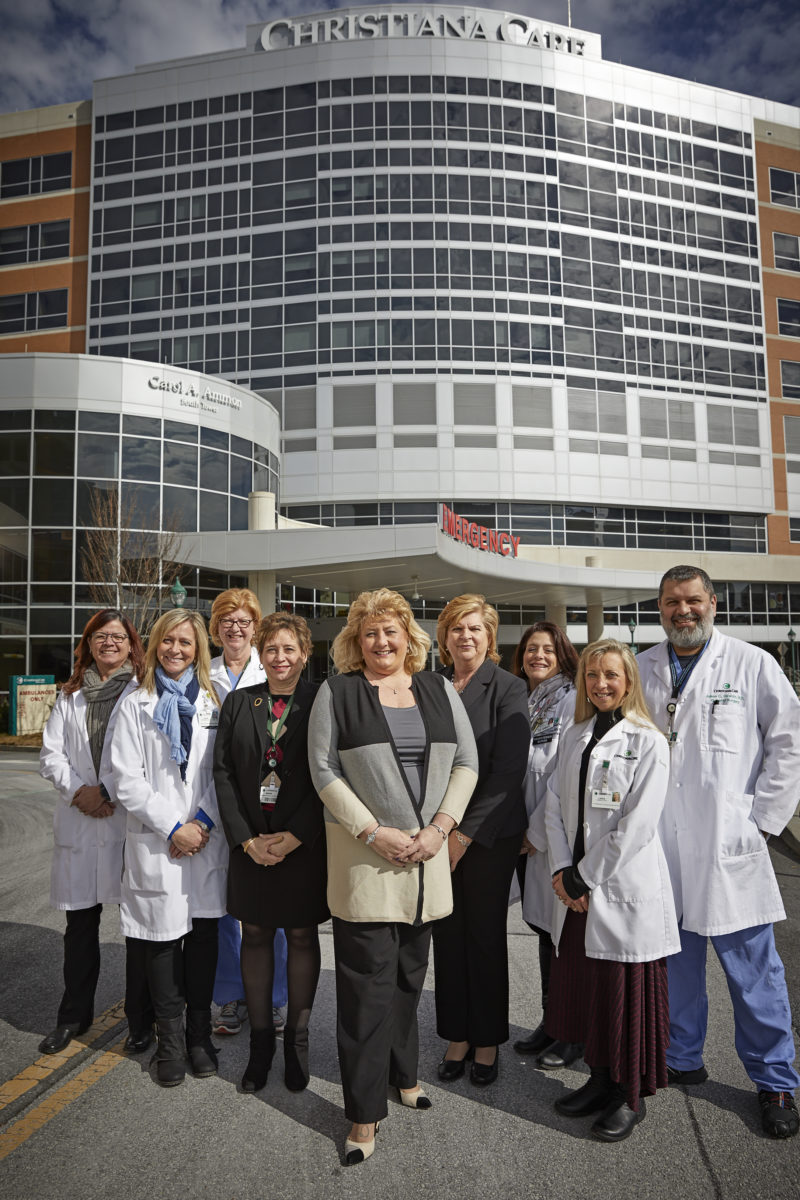
The nature of trauma also changed over the years. Once dominated by motor vehicle crashes, major causes of traumatic injury now include gun violence and falls among older adults, Laskowski-Jones said.
Until recently, Wilmington Hospital was called a “participating trauma hospital” in the state trauma system. This meant that it could provide basic care to patients walking in off the street, but virtually all injured patients would be transported to Christiana Hospital. In the past several years, Wilmington Hospital started to undergo a series of changes that positioned it to regain its status as a trauma center. At the core of these upgrades was the $210 million transformation project, which included a new surgical suite and an emergency department that doubled in size.
Meanwhile, the hospital benefited from less obvious advantages that well positioned it to step up to the challenge of higher-level trauma care.
Joan Pirrung, MSN, APRN, ACNS-BC, director of clinical operations for the trauma programs at Christiana Hospital and Wilmington Hospital, said the decision to become a trauma center was motivated by demand from the community.
“We knew Wilmington Hospital staff already provided excellent care as a participating trauma center, but there were patients who had to be transferred to Christiana Hospital for additional resources,” she said. “We knew those resources could be developed here, and we knew our community members wanted to stay close to home. Becoming a Level III trauma center was the right thing to do.”
In addition to its preparedness to meet the readiness criteria outlined by the American College of Surgeons, the hospital had established assets.
First, Wilmington Hospital is unique among Level III trauma centers in that it is home to both surgical residents and trauma nurse practitioners who can supplement the work of the trauma surgeons.
“Any institution with residents and other graduate level practitioners has benefits,” Dr. Giraldo Arango said. “Patients are seen by more doctors, and we can help train the next generation of trauma doctors.”
Second, the hospital treats more patients than many Level III trauma centers, with 1,000 a year, including 600 admissions. Higher patient volume means individual patients are more likely to be seen by medical professionals who have treated their condition before.
Pirrung said the nursing staff’s expanded trauma education, training and experience in all areas of the hospital where a trauma patient may visit have led them to develop what she calls “competent confidence.”
Of course, some patients, such as those who need neurosurgery, still need to be transported to Christiana Hospital, the state’s only adult level 1 trauma center. That said, even patients who will be transported benefit from a more robust trauma system in Wilmington, Laskowski-Jones said.
“We have a well-rehearsed process to gain access to an ambulance or helicopter, but those patients also get a full trauma team response,” she said.
In addition, designation as a Level III trauma center is about more than what happens inside the hospital.
Trauma education, prevention remain central
Participating hospitals must show leadership in educating their communities about the treatment and prevention of trauma, an area in which Christiana Care already has a long history.
For example, the health system holds classes and events encouraging the use of child safety seats among new parents, which helps reduce trauma and death from car crashes, the No. 1 cause of death among children.
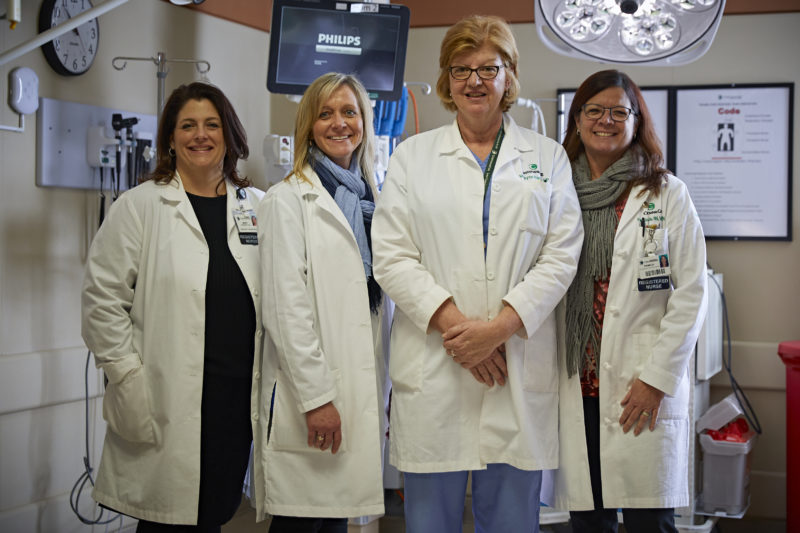
Trauma Program Manager Mary Lamborn, MSN, MBA, CEN, RNC-OB, C-EFM, travels to high schools teaching children about injury prevention and trauma, such as the proper way to immobilize a potential trauma victim.
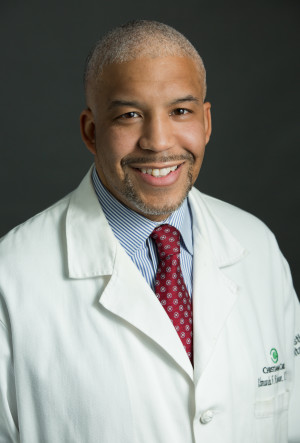
Getting at the core of the violence and addressing its root causes is a more difficult problem, but it’s one Christiana Care is committed to playing a role in addressing, said Edmondo J. Robinson, M.D., MBA, FACP, chief transformation officer and senior vice president and executive director of Christiana Care Wilmington.
“Christiana Care is very good at taking care of trauma victims, so the next step clearly for us is getting to the point where you can prevent them,” he said. “There are groups in the community who are experts in the social determinants of health and violence, so we have to partner with our community and bring our expertise as a member of the team.”
Other partners include the City of Wilmington, the nonprofit Wilmington Renaissance Corporation and lay community health workers, such as Christiana Care’s Blood Pressure Ambassadors.
Population-level trauma prevention in particular can stave off costly and painful emergencies and surgeries.
“We’re doing it because it’s the right thing to do in serving our neighbors as expert, caring partners in their health,” Dr. Robinson said.
Continuous performance improvement, an additional requirement of trauma centers, is another practice embraced at Wilmington Hospital.
The team measures a wide variety of metrics, including response times, operating room readiness, the recording of vital statistics and acute care transfers.
“You have to be able to look at yourself and say, ‘What could we have done better?’” Lamborn said.



